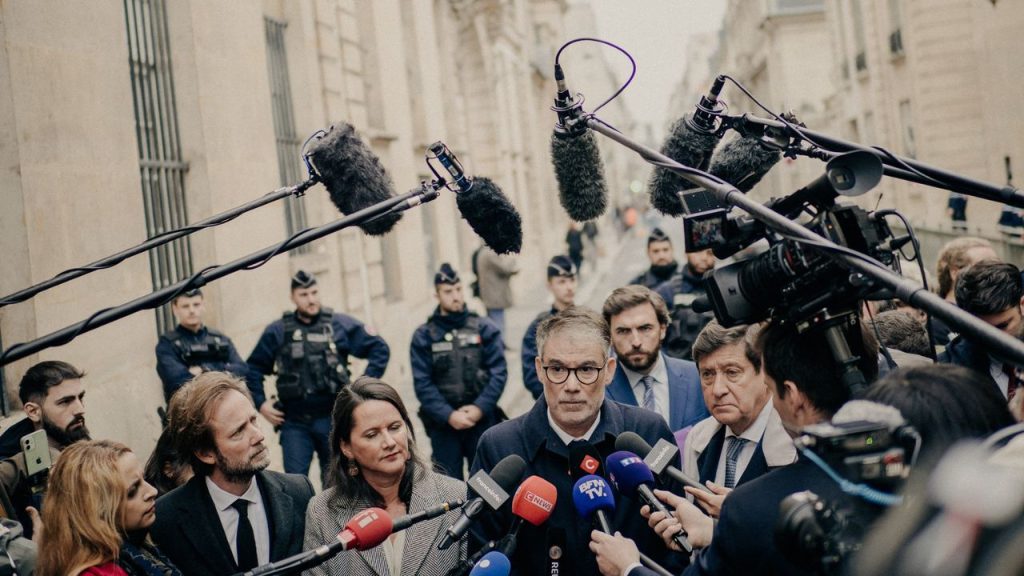France’s attempt to bring its spiralling debt under control has sparked a political crisis that has seen off a series of prime ministers and left Europe’s second largest economy teetering on the brink.
At a moment when “the very sovereignty and freedom of France and Europe are at stake”, the country finds itself “paralysed by chaos, impotence and debt”, veteran political commentator Nicolas Baverez told the BBC.
How bad is the debt crisis?
The French economy “appears strong at first glance”, said The New York Times. Before Donald Trump’s tariff war, “growth was slow but steady and employment was picking up” but “behind the scenes, outsize government spending and falling tax receipts strained finances”.
In absolute terms, France now holds the highest consolidated national debt in Europe, currently at around €3.4 trillion, according to the country’s National Institute of Statistics and Economic Studies. Its debt-to-GDP ratio – 113% – is surpassed in the EU only by Greece and Italy, which were at the heart of the European debt crisis a decade ago.
How did the debt get so high?
France has long been among the most “spendthrift” countries in the EU relative to its economic output, said CNN. Social welfare, like pensions and unemployment benefits, represent the largest chunk of expenditure, but the state also funds some “unusual benefits”, such as financial support to families employing a nanny for children under six. “We do reimburse a lot of things that we basically can no longer afford to reimburse,” said Alexandra Roulet, a former economic adviser to Emmanuel Macron.
These commitments, combined with huge public spending to soften the blow of the Covid pandemic and the energy crisis sparked by the war in Ukraine, alongside the rising cost of government borrowing, has contributed to a massive increase in debt over the past two decades: from 60% of GDP at the start of the 2000s to a projected 125% by 2030.
The cost of servicing the national debt alone is estimated to be €67 billion this year, more than the budgets of “all government departments except education and defence”, said the BBC.
“In short, debt service is rising because the debt itself is rising,” said Le Monde. This means that “to cover its ongoing deficits year after year, the state has had to increase its borrowing. The interest that must be repaid accumulates, which further increases the debt and creates a vicious cycle.”
What will happen next?
While deficit-reducing measures such as attempts at pension reform have been met with mass protests through the Macron presidency, much of the current paralysis stems from the president’s disastrous decision to call a snap election last summer, resulting in a divided parliament and an intransigent opposition.
François Bayrou, who made attacking the deficit the central plan of his government, was forced to resign as prime minister last month after failing to pass €44 billion in spending cuts, which included scrapping two public holidays.
The resignation of his successor Sébastien Lecornu last week, followed by his rapid reinstatement, has “raised doubts over whether the 2026 budget – including much-needed debt-cutting reforms – can be passed in time”, said CNN.
France is still not at “immediate risk”, said Le Monde. The possibility of an intervention by the International Monetary Fund, which has been touted by some even within the government, seems “highly improbable”.
The best-case scenario is that “the country’s inherent strengths – its wealth, infrastructure, institutional resilience” – will allow it to weather what may prove a temporary storm, said the BBC. “But there is another scenario: that it emerges permanently weakened, prey to extremists of left and right, a new sick man of Europe.”
Political paralysis has led to higher borrowing costs and blocked urgent deficit-reducing reforms to social protection
